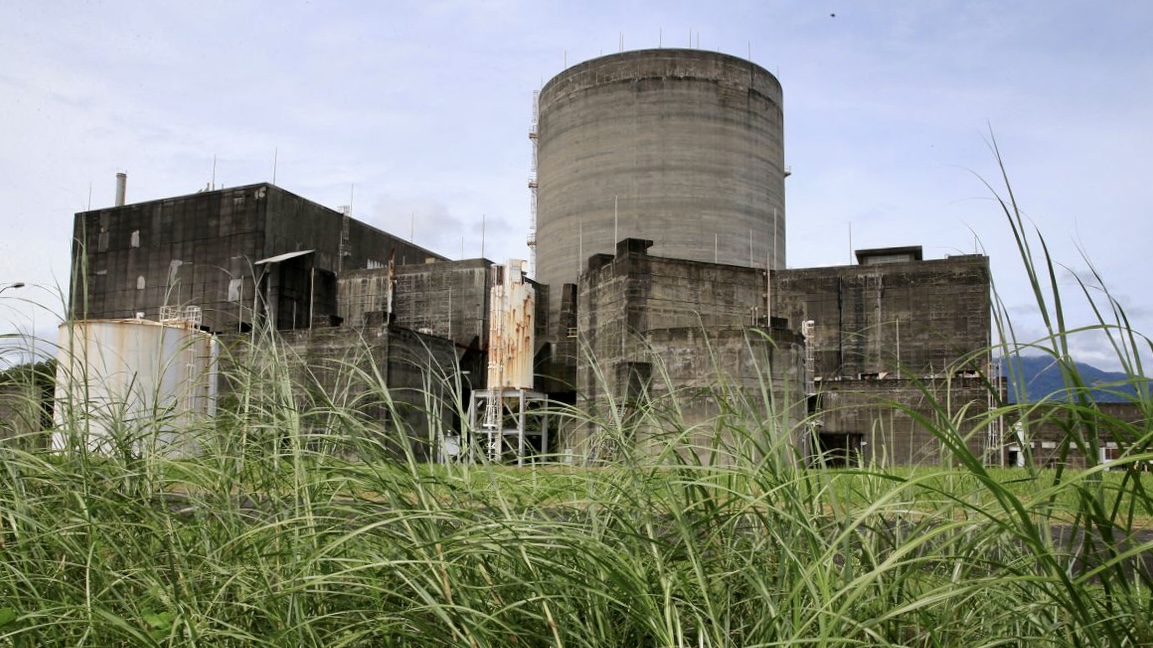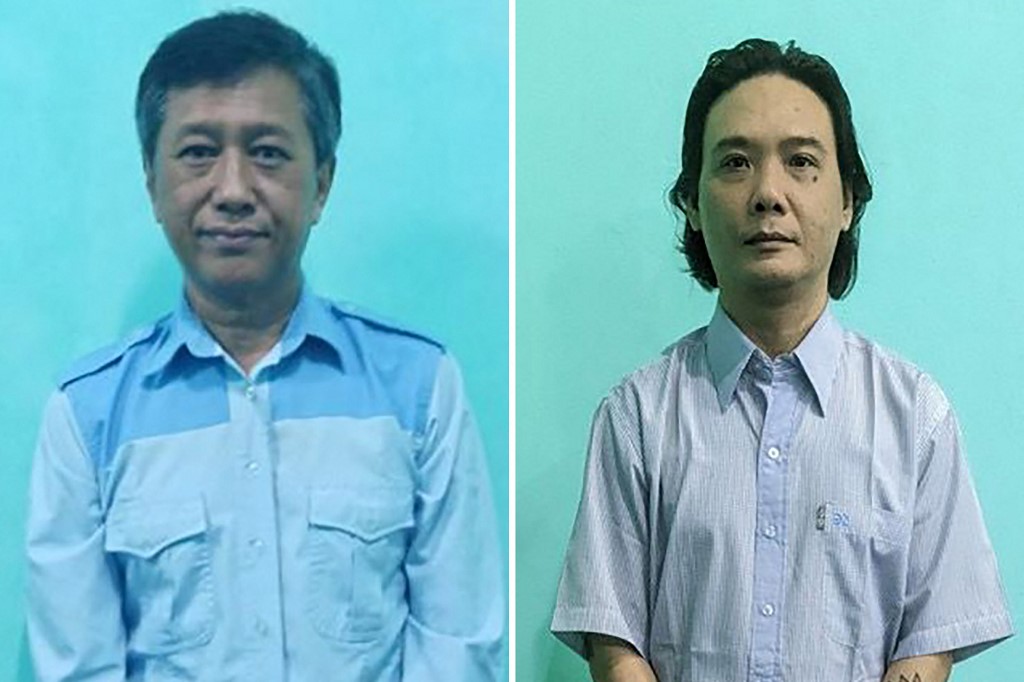[ad_1]
NEW DELHI, Feb 07 (IPS) – The yr 2021 started with a number of new vaccines exhibiting efficacy in randomized trials, however regardless of 26 authorised Covid-19 vaccines globally, and a minimum of one other 200 in growth (The Lancet, 2021), the primary few weeks of yr 2022 introduced a way of uncertainty.

Almost 2 years after the primary Covid-19 case was registered in India, the nation ranked third globally by way of whole deaths as a result of coronavirus, and second by way of whole variety of instances. Greater than six and a half million instances and fifteen thousand deaths have been added to India’s tally in January 2022 alone. The elevated detection of the Omicron variant within the preliminary weeks of the yr raised issues whether or not we’ll see one other lethal wave worse than the second.
Regardless of the provision of medicine in hospitals and pharmacies, presence of educated, principally vaccinated well being employees, enhanced mattress capability, three permitted vaccinations, markedly lowered take a look at costs and simpler therapy affordability, the second wave noticed a a lot quicker unfold of the illness.
The failure to observe Covid-19 security protocols amidst the occasions resembling election rallies, farmers’ agitations and non secular gatherings has had extreme penalties within the type of spiralling instances, lowered provides of important therapies, and elevated deaths significantly within the younger.
No state or union territory has been spared by the pandemic, particularly within the second wave, however the unfold of infections has been disproportionate, and the coverage response and outcomes have been different. This uneven affect of Covid-19 throughout states, each by way of unfold and mortality has its clarification in not simply medical components resembling availability and accessibility of well being care sources, however a number of socio-demographic and financial components. These determinants of the state smart variation have essential implications for socioeconomic planning and insurance policies, significantly as a result of state governments have been utilizing measures resembling closures and containments, and through the second wave, have been seen as ‘laboratories’ for the management of Covid-19.
Our evaluation focuses on figuring out determinants of the spatial heterogeneity of the pandemic, by way of variety of instances and deaths per million inhabitants for a 15 month interval beginning mid-March 2020 till the tip of June 2021. Our findings counsel that the pandemic has had a better depth in areas with greater per-capita incomes and urbanization charges. That the richer areas present a better variety of instances in comparison with the poorer areas might partly be attributed to higher fee of testing, but in addition as a result of the richer areas usually tend to entice extra frequent travels as a result of enterprise, and migrants and thus initially anticipated to be the hubs of the coronavirus an infection with a extra fast diffusion to different areas.

Whereas greater incomes would allow simpler entry to well being care amenities, and the flexibility to work remotely, greater incomes are additionally related to better mobility, and consumption of earnings elastic gadgets resembling eating out, entertaining and socialization – gadgets that generate greater an infection threat. City areas are extra prone to the unfold of Covid-19, primarily due to better density, congestion, and could also be residence to city slums with insufficient hygiene and sanitation.
Our discovering outcomes additionally counsel a better depth of the pandemic in states with greater illness burden as a result of non-communicable ailments, greater proportion of inhabitants within the age group 60 years and above, and decrease proportion of inhabitants belonging to deprived socioeconomic teams. Thus, interaction between affluence and urbanization, environmental dangers and co-morbidities, and the related greater fatality charges appear extremely doubtless.
A comparability of the state-wise incidence of the pandemic through the first and the second wave reveals the significance of decentralization of important well being companies as a one-size-fits-all method in flawed. States and districts ought to have the autonomy to reply to the altering native conditions, and there is a vital function of know-how in streamlining the administration of sources (together with funds) inside and throughout areas.
An energetic administration info system, with correct information on demographic distribution of instances, deaths, hospitalisations, vaccinations, together with statistical modelling to foretell the spatial unfold of an infection can allow areas to proactively put together for the doubtless caseloads sooner or later.
There may be persevering with uncertainty about how the Covid-19 epidemic will unfold within the close to future. There are explanation why we ought to be cautious. Firstly, vaccination doesn’t eradicate the danger of an infection. In addition to, the probabilities of vaccination lowering transmission to others are undermined by the discovering that the brand new variants begin spreading even within the absence of signs. Furthermore, vaccine-induced immunity wanes with time and new variants. For example, a rising physique of ongoing researchsuggests that the vaccines utilized in a lot of the world provide virtually no protection towards the Omicron variant.
The need of booster doses, besides within the immune compromised, isn’t totally understood nevertheless it’s doubtless that they’ll lengthen safety. One other concern with vaccinations is hesitancy round getting inoculated.
In brief, the present regime of vaccination provides neither “herd immunity” nor long-term safety. So the end result of the infinite battle stays shrouded in uncertainty.
Nidhi Kaicker is an Assistant Professor of Administration at Ambedkar College Delhi. Radhika Aggarwal is an Assistant Professor of Administration at SMVD College, Jammu.
Follow @IPSNewsUNBureau
Comply with IPS Information UN Bureau on Instagram
© Inter Press Service (2022) — All Rights ReservedUnique supply: Inter Press Service
[ad_2]
Source link

















